Learn to use fertilizers correctly, and your flowering plants will bloom everywhere and your foliage plants will fill the flower racks.
According to my experience in flower cultivation, the most important thing for flower cultivation is the environment (including ventilation, light, temperature and humidity, etc.), followed by soil and flower pots, and finally water, fertilizer and pruning. Fertilizer is put at the end, not because the plants do not have a strong demand for fertilizer, but because we must first keep the plants alive before we can fertilize them and promote better growth.
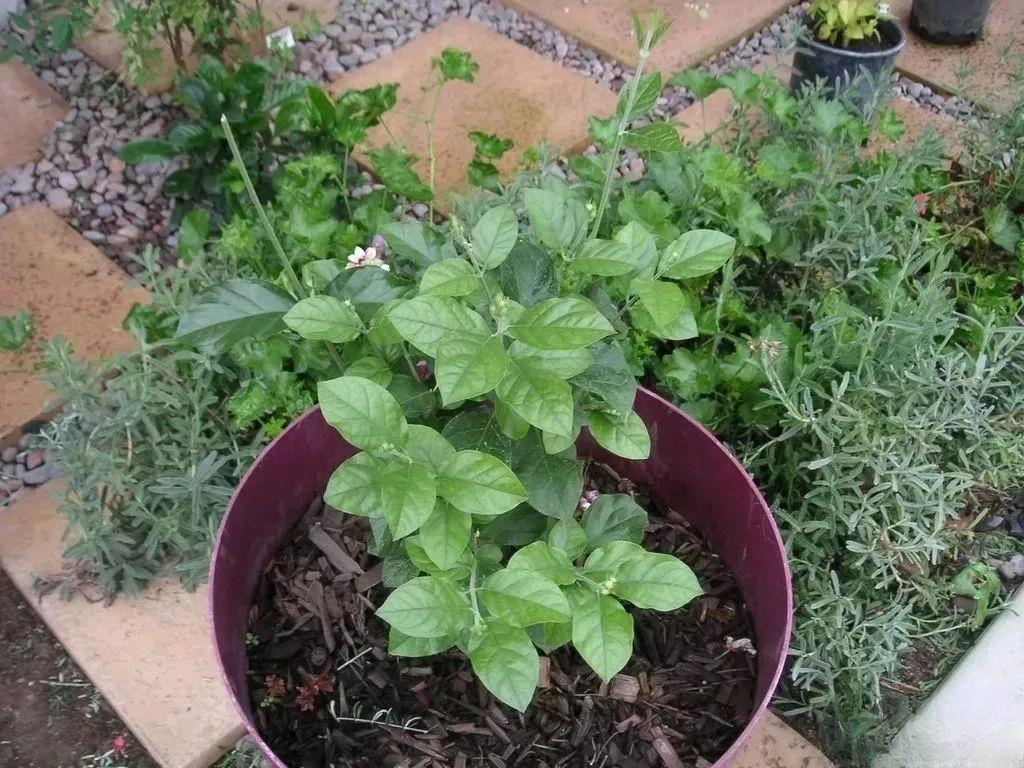
Jasmine Fertilization
1. Avoid indiscriminate fertilization
There is a prerequisite for fertilizing plants. It is not about fertilizing randomly. When you see the leaves of the plant turn yellow, you should first check whether there are two fires or pests, instead of rushing to add fertilizer. The premise of fertilization is that the plant is in a growing state, whether the leaves are growing or the roots are growing.
If the plant is dormant or semi-dormant, you must stop fertilizing. Most plants will slow down or stop growing when the temperature is too low or too high, which is why you should temporarily stop fertilizing when the temperature is too high in summer or too cold in winter.
Whether you are growing vegetables at home, raising flowering plants, or raising foliage plants, you need to fertilize them regularly. Without fertilizer, the plants can survive, but it is difficult for them to grow well, which will cause flowering plants to bloom less or not at all. The leaves of foliage plants will grow thinner, and the vegetables they grow will look like wild vegetables.
2. Effects of nutrients on plants
Before fertilizing plants, you need to understand the three basic nutrients that promote plant growth, namely nitrogen, phosphorus and potassium.
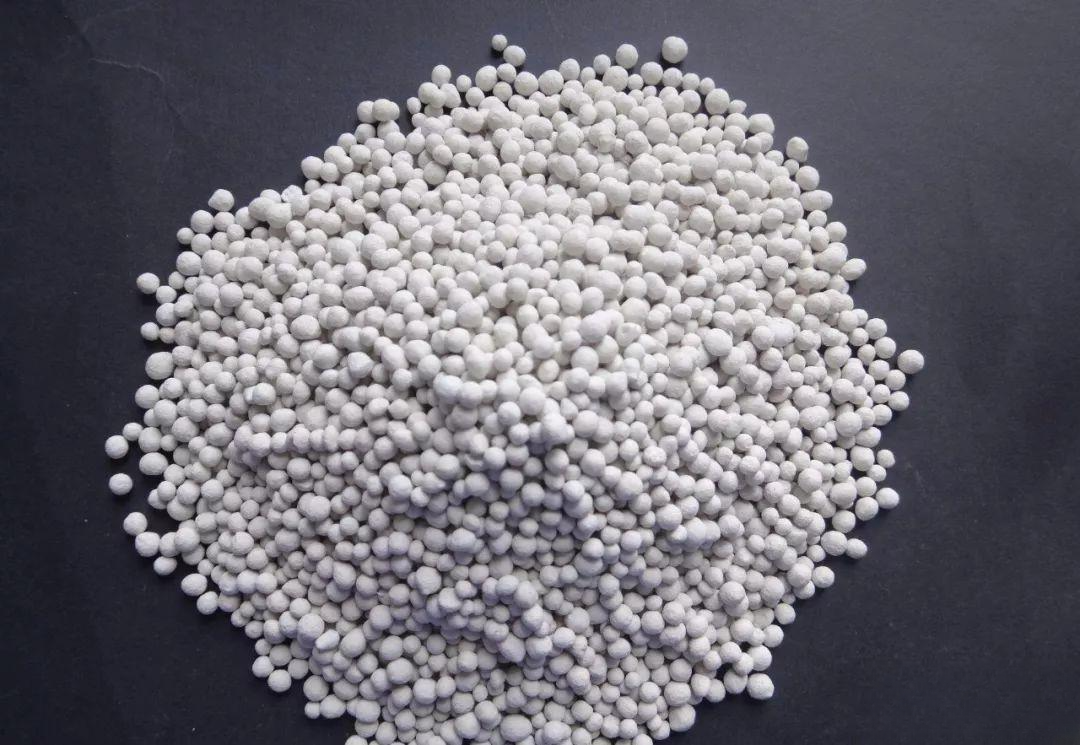
Nitrogen is responsible for promoting plant leaf growth; phosphorus is responsible for promoting plant flowering; potassium ensures the healthy growth of rhizomes and promotes fruit formation. There are also other trace elements, including calcium, iron, boron and zinc, which can ensure that plants absorb nutrients better. If these trace elements are lacking, the leaves of plants will turn yellow.
3. Types of fertilizers
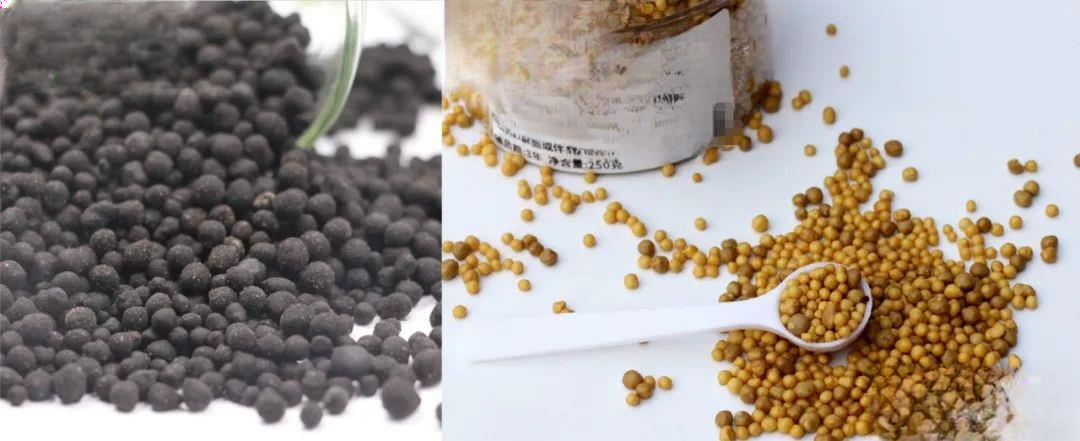
Next, let’s understand the classification of fertilizers. We can divide them into slow-release fertilizers that release fertilizers more slowly; water-soluble fertilizers that can be dissolved in water; and manure fertilizers that release fertilizers slowly but are not suitable for indoor use, including sheep manure, compost or chicken manure.
4. Reasonable use of slow-release fertilizer
If you are growing flowers indoors and your home lacks light, so the plants grow slowly, then it is best to use slow-release fertilizer. It is a very mild fertilizer, and even if you accidentally apply too much, it is not easy to cause fertilizer damage (not easy to damage the roots). However, there is one thing to note: avoid using slow-release fertilizer when the temperature is very high, because when the temperature is too high, its fertilizer release speed is accelerated, which is easy to cause fertilizer damage.
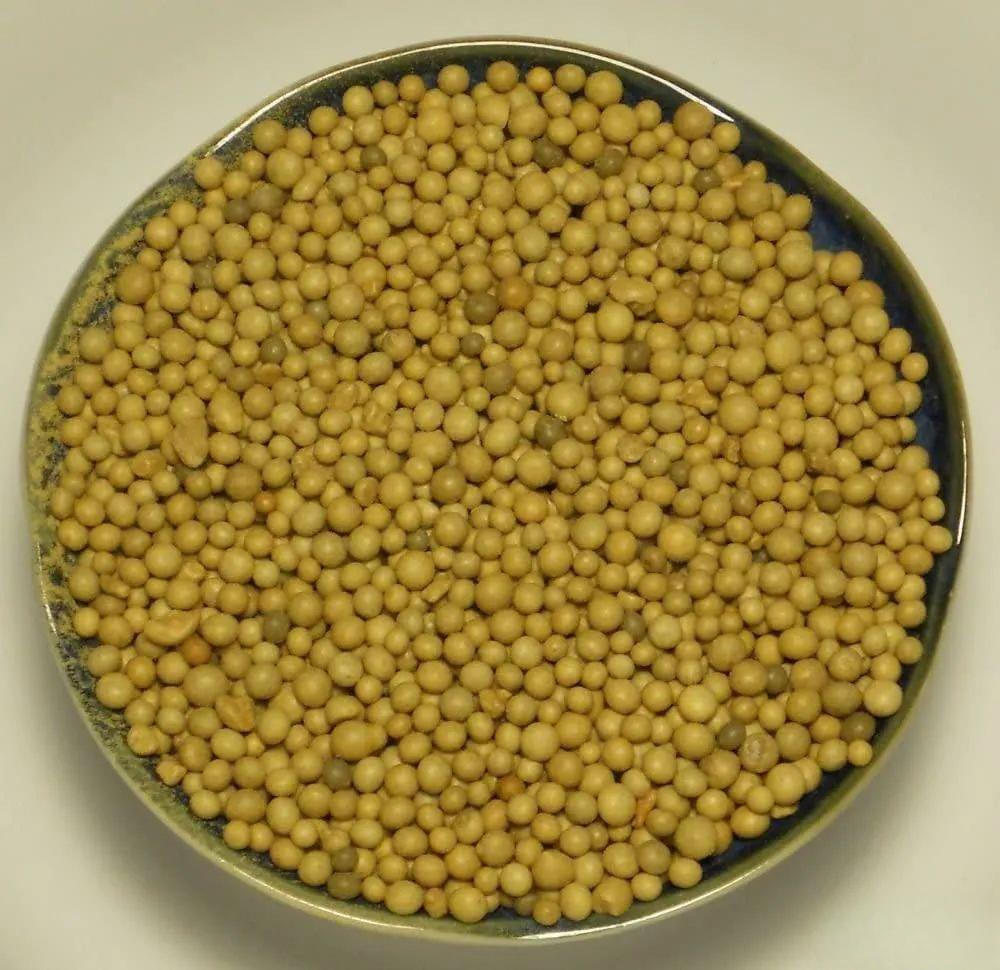
If you have some ornamental plants such as green ivy, money tree, anthurium and white anthurium at home, you can sprinkle some slow-release fertilizer on the potting soil every 3 to 6 months.
Slow-release fertilizers are directly sprinkled on the soil surface to allow them to exert their fertility. Then, water the potting soil regularly and maintain a suitable temperature. The fertility will slowly penetrate into the soil.
5. Use of water-soluble fertilizer

If you keep plants and flowers in a good environment with more light, the plants will grow rapidly. In addition to sprinkling some slow-release fertilizer on the potting soil every 3 to 6 months, you should also pay attention to spraying water-soluble fertilizer every 5 to 7 days during the peak growing season.
If you are growing vegetables or ornamental flowers that have a particularly high demand for fertilizer, you can directly use various quick-acting fertilizers, including various granular fertilizers. They have relatively strong fertility and can quickly replenish nutrients to the plants, but the disadvantage is that they can easily cause fertilizer damage, so use them with caution.
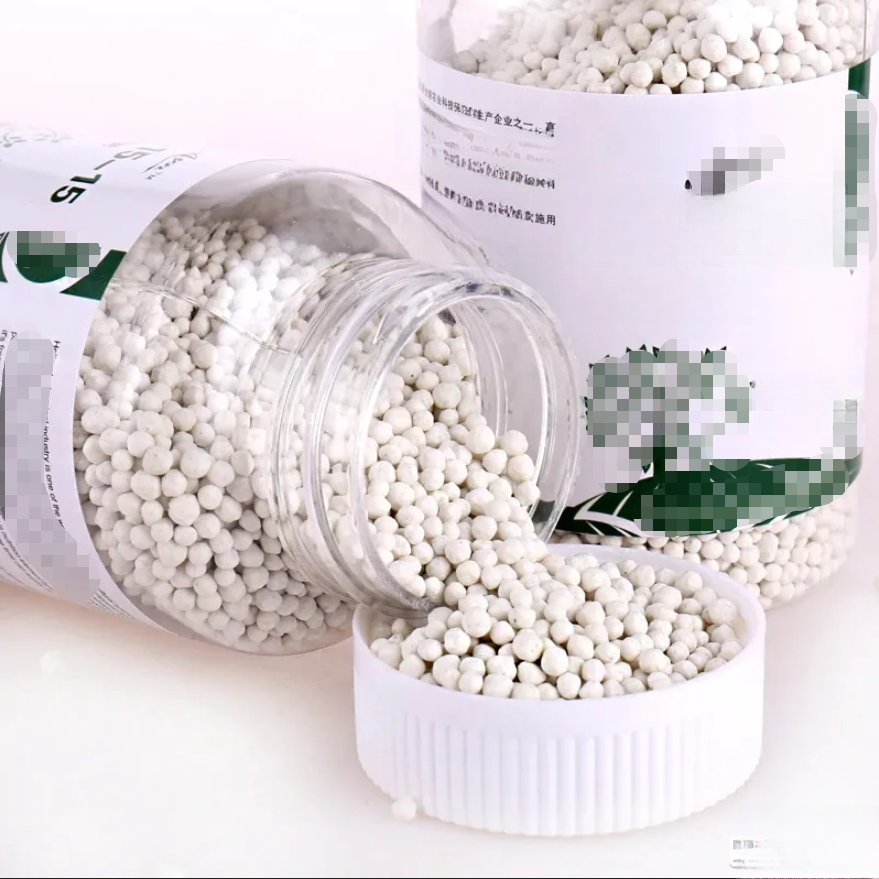
During the rapid growth period of plants, you can use universal water-soluble fertilizers or nutrient solutions, including the common Huaduoduo No. 1, Huaduoduo No. 10 or various brands of nutrient solutions. These water-soluble fertilizers need to be diluted with water in advance. For example, Huaduoduo No. 1 is generally diluted with 1000~1500 times of water. After diluting with water, spray and water the leaves, backs of the plants and the potting soil.
6. Use of organic manure and compost
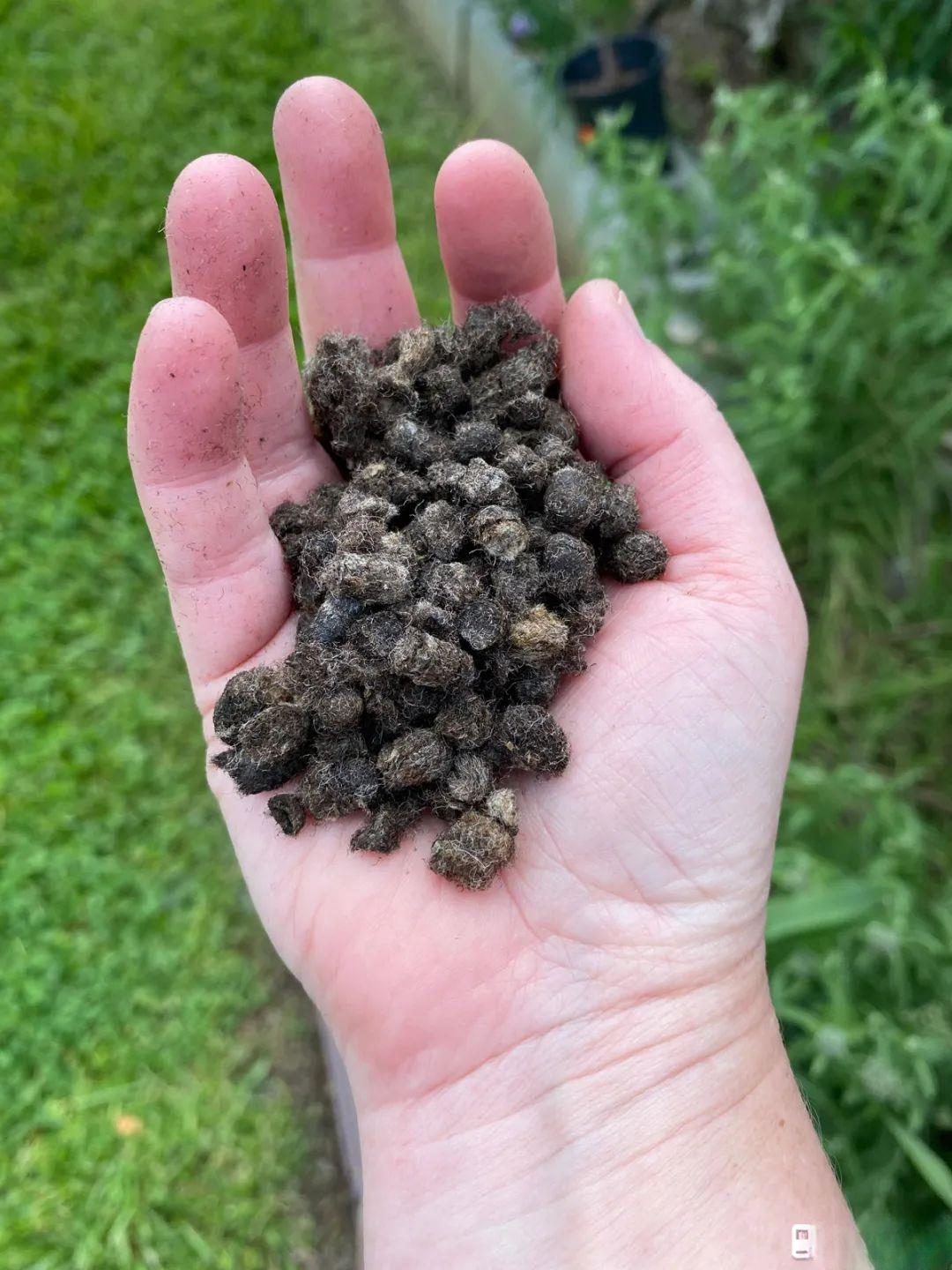
If you are growing flowers outdoors in a well-ventilated environment and the plants have a greater demand for fertilizer, or if you are planting vegetables, fruits and other plants and want the grown vegetables and fruits to taste sweeter, then it is best to use organic fertilizer. For example, if you use too much chemical fertilizer when growing strawberries, the fruit will definitely not be as sweet.
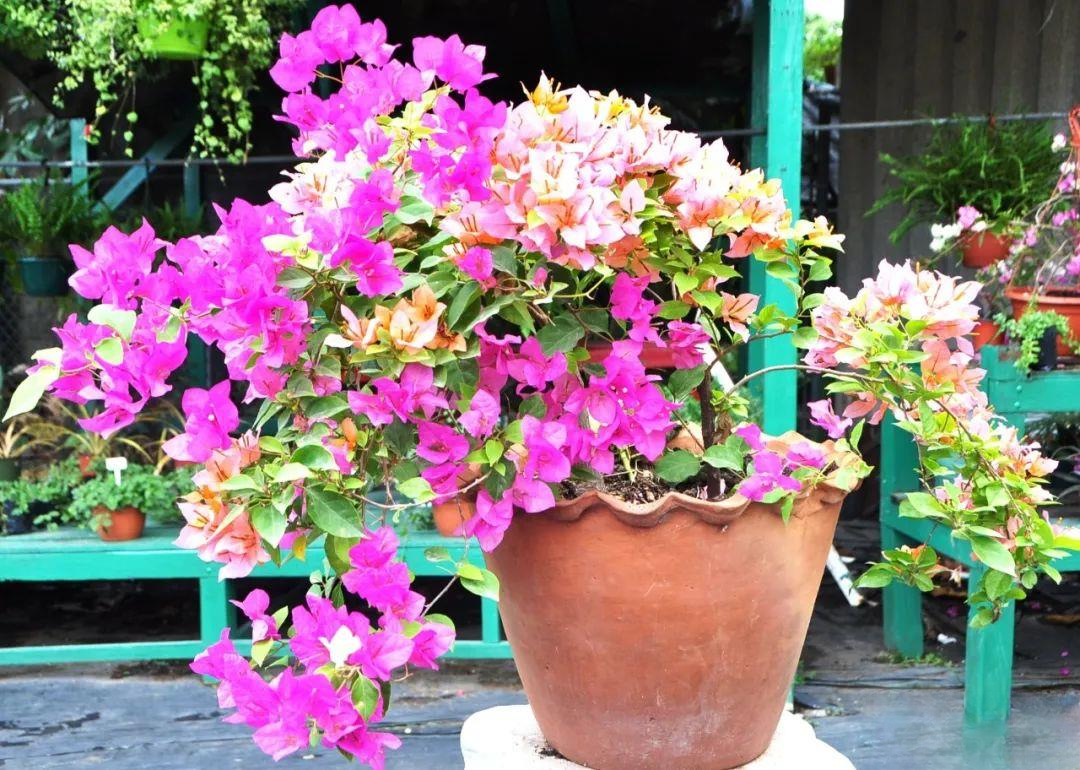
You can add organic fertilizer to the plants every 2 to 3 months. You can sprinkle it directly on the soil surface, mix it in the potting soil, or bury it at the bottom of the pot. Be careful not to sprinkle too much at one time and do not sprinkle it near the rhizome, otherwise it will easily burn the roots of the plant.
Flower lovers' questions:
1. Can slow-release fertilizer be used together with water-soluble fertilizer?
The answer is yes, because slow-release fertilizer (given every 3 to 6 months) releases its fertility slowly, while water-soluble fertilizer (given every 5 to 7 days) can quickly replenish nutrients to plants, and the intervals for their use are different.
2. What kind of fertilizer should be given to hydroponic plants?
To maintain hydroponic plants, just give them some nutrient solution directly. For example, every time you change the water for hydroponic plants, drop a few drops of nutrient solution into the water to meet their growth needs. Be careful not to sprinkle too much at once, otherwise it will easily cause fertilizer damage.